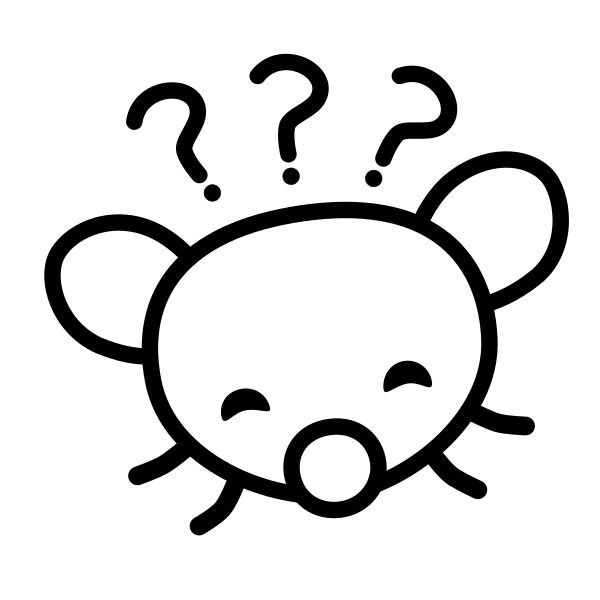That we are supposed to be a part of it and not separate. Indigenous peoples have a drastically different outlook on nature because they feel they’re nature, whereas we’re so disconnected from it all.
Just try to grasp the size / scale of the world and (pre-) history. Obviously we can only observe from a human perspective, but compared to most of our daily lives, nature and time are immense and extremely small / short at the same time.
I don’t know if at least trying to grasp these would be considered slight changes of interpretation, but definitely simple ones.
Preramble: OK not that I’m done yapping I realise this might not exactly be the answer you’re looking for.
Nature just exists, following its own laws and cycles. Assigning moral values like “good” or “bad” onto nature can be iffy because it imposes human concepts onto something non-human. Nature doesn’t act with intention or make moral decisions. It’s an indifferent, self-regulating system that includes life, death, beauty, and brutality all at once. And the beauty and brutality are human perceived here.
Historically, people often saw nature as chaotic or dangerous, a realm to be tamed or transcended. In recent times, though, we romanticize nature as pure or inherently “good,” especially as a reaction against industrialization. Nature can be nurturing, but it’s also indifferent to suffering. Predation, disease, and disasters are as much a part of the natural order as growth and renewal.
Seeing nature without projecting morality onto it lets us appreciate it more fully for what it is. It’s neither a paradise nor a place of punishment but a system where everything is interconnected and constantly changing. Recognizing this neutrality might even foster a deeper respect.
In art and literature, this perspective allows for richer, more nuanced representations of nature. Rather than embodying “goodness,” nature can symbolize resilience, transformation, or the unyielding processes of life itself. We can recognize our place within it, not as masters or passive witnesses but as parts of a vast, non-judgmental cycle.
We attribute our inner desires and ideals onto something external.
This idealization of nature comes from a desire for purity. We long for an escape from the perceived corruption or chaos of civilization. Romanticizing nature as pure or morally superior can thus serve as an escape from societal disillusionment. When we see nature as a sanctuary of “goodness,” we’re perhaps reflecting our yearning for an idealized state of harmony, a return to innocence—an attempt to access a psychological refuge.
People are now feeling disconnected, commodified, and constrained by routines that prioritize profit and efficiency over fulfillment and well-being. There are many factors to blame and most stem from the capitalist system.
Nature, then, becomes a powerful symbol for an idealized, “authentic” existence—a place seemingly untouched by consumerism, profit motives, or industrialization. This allows it to embody the opposite of the artificial, dehumanizing world of capitalism.
That “return to origins” or “oceanic feeling”—a longing for an idealized, prelapsarian state where one feels connected to something larger, unfragmented by the demands of modern life. This desire taps into a kind of collective nostalgia, a subconscious want for simplicity that seems absent in capitalist society. Nature, in this sense, is seen as an “escape hatch” from the alienation we experience, offering us a setting we imagine as more “real” or “correct,” where values align more closely with human needs rather than economic imperatives.
In nature, we see the promise of something more “organic” and unmediated, which feels like a truer way of living because it isn’t driven by competition, social status, or economic value.
This idealization might also speak to a need for a place of psychological refuge—a space where one can symbolically “reclaim” parts of oneself that have been subsumed by capitalist structures.
I have used chat gpt to turn my rambling into smth coherent by structuring it all.
Take a 1000 marbles, different sizes. Colour them randomly, red or blue. Throw them in a bag.
Take 100 marbles. Colour the largest halve red, the other halve blue. Add them to the bag.
Statistically, with sufficient sampling, an outsider will be able to measure the difference in average size, red group of marbles vs blue group of marbles.
But if you’re a marble meeting another marble, knowing their assigned colour gives you very little information on if they’re bigger or smaller than you.
Some things in the world are up to us, while others are not. Up to us are our faculties of judgment, motivation, desire, and aversion. In short, whatever is our own doing.



